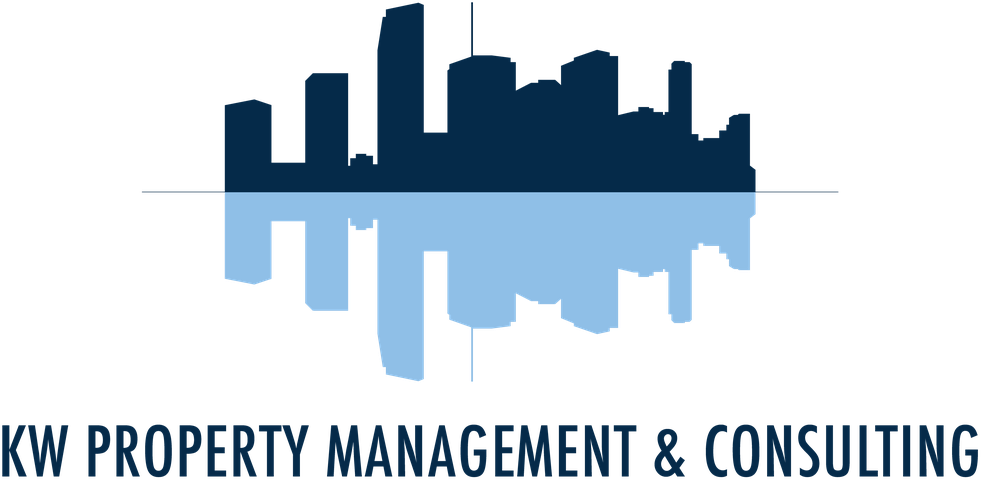
Unforeseen emergencies can necessitate sudden plan alterations, the adoption of new safety measures, and even evacuation directives. Community association boards play a crucial role in safeguarding their communities, which is why it is essential to establish a comprehensive emergency plan capable of facilitating swift action in various scenarios, ranging from natural calamities to pandemics, that could significantly affect the lives and well-being of residents. Below, KWPMC outlines some of the necessary steps for effective communication in preparation for any emergency and provide practical examples of how associations, in partnership with your management team, can successfully fulfill this vital task.
Introducing the Importance of Emergency Preparedness for HOA Boards
As a community association board member, it’s easy to get consumed by the daily tasks involved in running your community. However, it’s crucial to remember that emergencies can occur at any time, and being prepared can make a world of difference. Making emergency preparedness a top priority is essential for all boards. By having a well-developed emergency plan in place, you can ensure that your community is equipped to handle any situation that may arise, whether it’s a natural disaster, a power outage, or a security breach. This not only provides peace of mind for residents but also demonstrates the proactive nature of your board. It’s crucial for the board to be fully committed to the safety and well-being of the community.
In addition to having an emergency plan, it’s important to understand the specific needs and potential risks of your community as a board member. By gaining insights into these factors, you can better support one another and work towards creating a safer and more inclusive environment. Take the time to familiarize yourself with the demographics of your community, existing resources, and potential hazards. This knowledge will enable you to be better prepared and effectively respond to unexpected events while addressing the concerns of those within your community.
There are various ways to stay informed and engaged with your community’s needs. Attend local meetings to stay up-to-date with community developments, conduct surveys to gather valuable insights, and most importantly, actively listen to your neighbors’ concerns and questions. By continuously seeking information and actively engaging with your community, you can ensure that you are well-informed and able to address the evolving needs of the community you call home.
Setting Up Procedures for Communication During Emergencies
Effective communication is crucial in any emergency situation. That’s why it’s imperative to establish well-defined procedures that keep everyone informed and up-to-date. Whether it’s a natural disaster, a workplace accident, or any other emergency, having a clear communication plan in place for employees, customers, and other stakeholders can significantly impact the outcome. It is essential to implement these procedures before an emergency arises so that everyone involved knows precisely what steps to take and how to remain connected. By setting up reliable communication systems for emergencies, you can ensure that everyone stays informed and connected, regardless of the circumstances that unfold.
Strategies to Reach All Residents in an Emergency
In every emergency, it is vital to have well-defined strategies in place to reach and inform all residents. Whether it’s a natural disaster or a man-made crisis, it is the responsibility of the community to notify every resident of the situation and provide them with instructions on how to stay safe. One highly effective strategy is to establish multiple communication channels, such as text messages, phone calls, and social media updates. Additionally, it is crucial to consider the diverse needs of residents, including those with disabilities, non-English speakers, and individuals who may be isolated from technology. By implementing a range of communication methods and taking into account the varying requirements of residents, you can ensure that everyone in your community is well-informed and adequately prepared in the event of an emergency.
Tips to Ensure Effective Emergency Communication
When it comes to emergency communication, finding the right balance between professionalism, friendliness, and informativeness is crucial. Effective communication can truly be a lifesaver. To ensure the appropriate tone, it is important to first identify your audience and understand their specific needs. Are you addressing first responders, the general public, or a particular group such as seniors or children?
Once you have determined your audience, craft your message in a clear and concise manner. Steer clear of jargon and technical language that may be unfamiliar to people. Instead, adopt a friendly yet authoritative tone that conveys your message clearly without causing unnecessary panic. Most importantly, always prioritize honesty and transparency, so people can place their trust in you when it matters the most.
By following these guidelines, you can ensure that your emergency communication is practical, helpful, and effectively serves its purpose.
Create Emergency Contact Lists
During times of emergency, the ability to swiftly and dependably contact local officials and emergency services greatly enhances the likelihood of a positive outcome. That is why it is crucial to invest time in creating an emergency contact list that encompasses all pertinent information. Having readily available contact information can prove invaluable in various situations, be it a natural disaster, a medical emergency, or any unforeseen event. Therefore, it is essential to take the necessary steps to compile a comprehensive list of emergency numbers and store it in a secure and easily accessible location. This seemingly small action holds tremendous power in preparing for the unexpected and prioritizing the safety and well-being of your community.
Finalizing an Emergency Communication Plan for Your Community
In today’s unpredictable world, being prepared for emergencies is essential. Finalizing an emergency communication plan for your community is a critical step in ensuring the safety of all residents. By establishing clear communication channels and identifying emergency protocols, you can instill peace of mind among community members. Remember to incorporate both digital and non-digital communication methods and develop contingency plans for unexpected situations like power outages.
A well-executed emergency communication plan enables you to provide your community with the necessary resources and support during challenging times. Begin by emphasizing the importance of emergency preparedness to your board and conducting a thorough risk assessment in your area. Then, establish effective communication procedures to reach all residents during emergencies and implement appropriate strategies. Lastly, remember to incorporate tips to maximize the effectiveness of your plan when the need arises.
